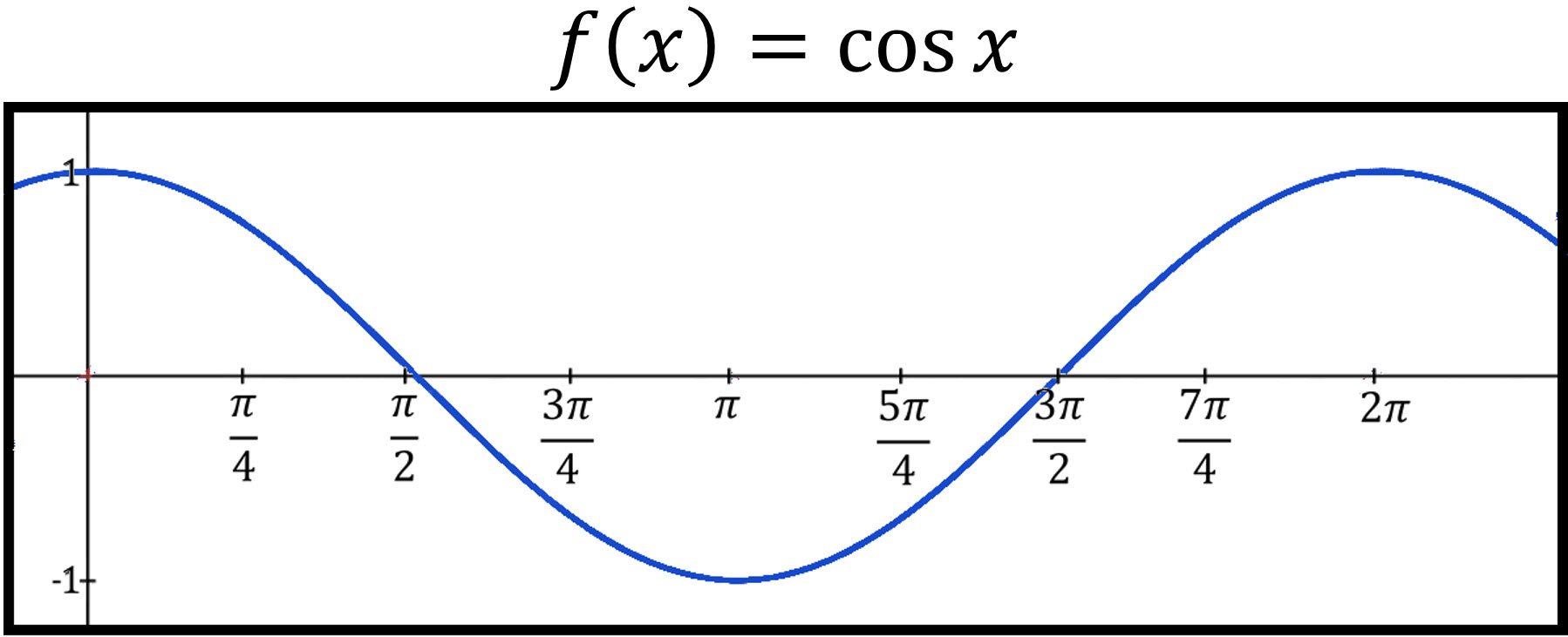
Instructive help topics explain the basics of each type of graph.and included demo files show you examples of each form of equation.And your preferences are saved automatically restored whenever you run Graphmatica (you can also disable autosave on exit and use the Save Setup Info command to save your preferences manually). The Options Settings dialog not only shows you the current settings, but also acts as a master control panel to let you change any customizable option from one dialog box. Every automatic option is also user-settable to give you absolute control over your graphs.

#Graphmatica trig functions how to
Graphmatica lets you copy equations, point tables, and graphs to the clipboard, export graphs as JPEG or PNG files to share on the web, and print graphs and point tables in high-quality color or black and white. This shows how you can use graphmatica to graph a polar function, how to change the domain, and how to find the x- and y-values of points on the curve. Find intersections between curves, derivatives, integrals, and critical points for any Cartesian function. Powerful symbolic and numerical calculus features.Choose between regular graph paper and paper appropriate for trig, polar, and logarithmic functions, at four levels of detail. You can use the mouse to select a new range or view the coordinates of a point, select the initial value for an ODE, and even find the tangent line of a curve or integrate a function without pressing a single key. The Point tables show values at an interval and precision that you control, so you can get detailed numerical results or practice sketching curves yourself. Pause and Point tables options let you see the coordinates of points on your graphs.Easy to use controls, including a toolbar, right-click popup menus, the status bar, which displays relevant information and help messages, and the Redraw Queue combobox, which lets you select any equation in memory to graph, delete, or edit to form a new equation.Data plotting and curve fitting support make it easy to highlight points on a curve or enter experimental data sets and find the equation of best fit.Most graphs appear instantly on modern machines. Push Y and enter the trig equation in Y1 using the sin, cos, or tan buttons (followed by X,T,n ). You can use the TI graphing calculator to graph trig functions, as follows: Graphing Trig Functions Instructions. Cartesian inequalities are supported as well. Trig Functions in the Graphing Calculator. You can choose between six styles of graphing: regular Cartesian, polar, parametric, and slope-field and initial-value approximations for up to fourth-order ODEs (and fourth-order linear systems as well), all detected automatically based on which variables you use in your equation. Forget about isolating variables before graphing! Graphmatica will isolate the dependent variable for you, if possible, and even graph many relations that can only be specified as implicit functions. You can use implied multiplication, a complete library of math functions (including trig), and even leave out those annoying parentheses in appropriate places. Advanced equation parser follows mathematical rules-not the computer's.You can save your work for use in a later session or with any text editor. Most equations must include: exactly one dependent variable (y, x, or r). Graphmatica remembers up to the last 999 equations you typed in or loaded from a file. Graphmatica accepts equations written in a format similar to many spreadsheets and graphing calculators, but reviewing the rules below may help you avoid having your equations rejected due to parsing errors.

Take off the pen and completely sketch all your graphs, eliminating all of the tedious tasks involved with plotting them using traditional paper. The application comprises algebraic, trigonometric, hyperbolic and transcendental functions. The function function polar also exists in Graphmatica, besides normal differential equations as well as parametric equations. EqPlot plots 2D graphs from complex equations. Customize your plots with color for separate functions and equations, and quickly identify solutions to equations, intersections, and dynamically display all of your integrals and tangent lines. Graphmatica allows you to have up to a maximum of 999 graphs displaying on the screen at the same time. So, we can expect the graph to repeat itself 8 times in the range 4 x 4 4 x 4.

In this case the function starts to repeat itself after instead of 2 2 So, this function has a period of. You can now toss that pen and paper aside because Graphmatica has made it possible to do all the same things involving your graphing functions on your computer. cos ( 2 ( )) cos ( 2 ) cos ( 0) 1 cos ( 2 ( )) cos ( 2 ) cos ( 0) 1. Due to the tedious work of manually graphing equations with graph paper, Algebra or Calculus aren't difficult as can be.inducing experience.


 0 kommentar(er)
0 kommentar(er)
